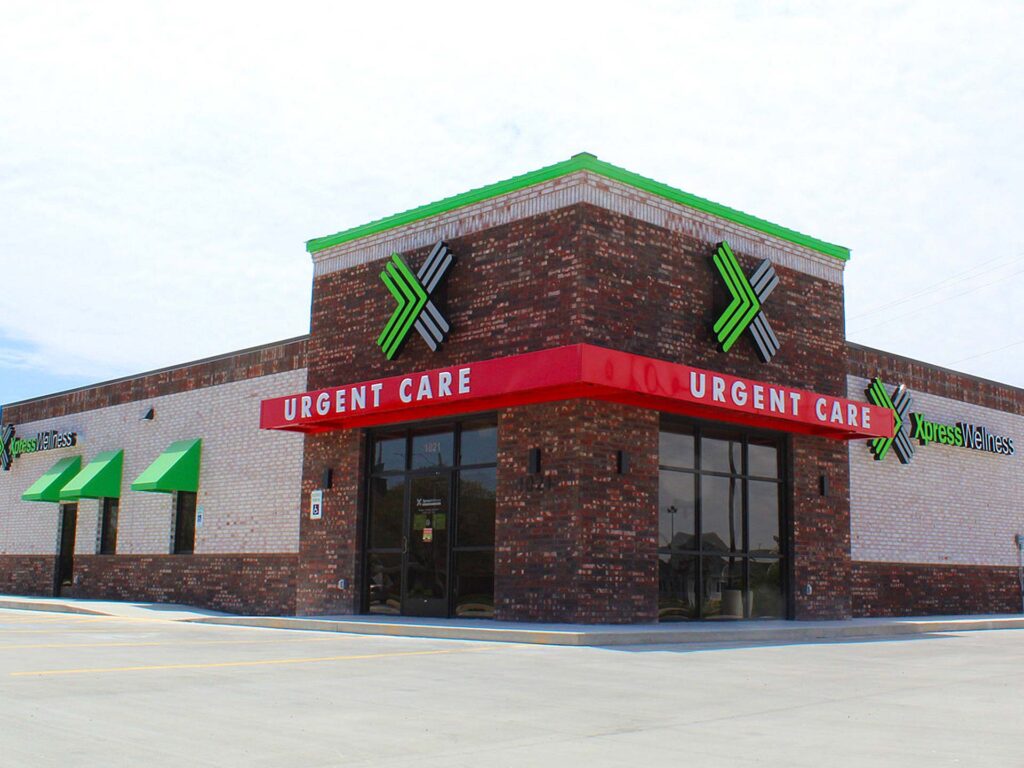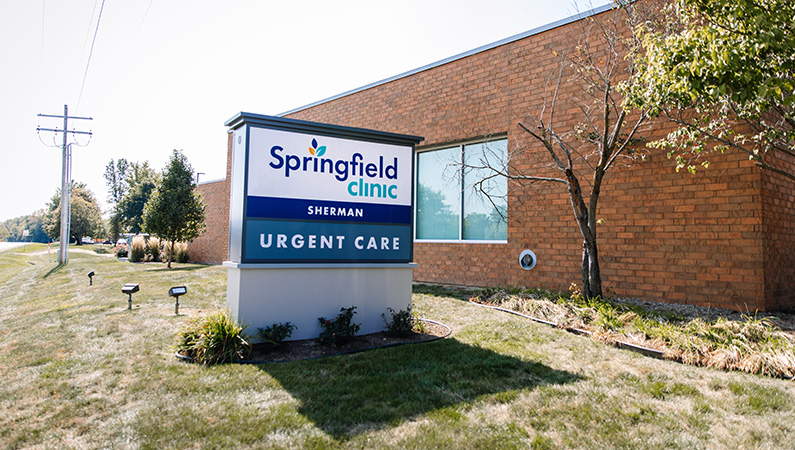Contrasting Urgent Care Clinics: What Establishes Our Clinic Apart
Contrasting Urgent Care Clinics: What Establishes Our Clinic Apart
Blog Article
Understanding the Duty of Urgent Treatment in Giving Timely Treatment for Non-Life-Threatening Problems
Urgent treatment centers have actually emerged as a vital element of the healthcare landscape, dealing with the prompt demands of patients with non-life-threatening conditions. Recognizing the subtleties of urgent treatment could dramatically impact patient end results and the total performance of medical care delivery.
What Is Urgent Treatment?
Urgent care describes a category of medical services designed to resolve non-life-threatening problems that call for immediate focus. These centers offer as an intermediary between key treatment medical professionals and emergency clinic, supplying a convenient alternative for people that require prompt treatment without the considerable waiting times generally related to emergency situation departments.
Urgent care facilities are generally staffed by doctor, consisting of physicians, nurse specialists, and medical professional assistants, who are educated to identify and deal with a wide selection of conditions. Typical solutions provided by these facilities consist of treatment for minor injuries, diseases, and infections, along with analysis tests such as X-rays and laboratory work.
Furthermore, urgent treatment facilities usually approve walk-in people, getting rid of the need for consultations. Overall, urgent treatment plays a crucial duty in the medical care system, making certain patients can access essential medical services quickly and effectively.

Numerous individuals might locate themselves unpredictable concerning when to seek care at an immediate treatment center rather than a key treatment physician or an emergency clinic. Immediate care is developed to attend to non-life-threatening problems that need punctual interest yet are not serious sufficient to require an emergency clinic go to.
Normally, one need to consider immediate care for issues such as minor cracks, sprains, cuts calling for stitches, or infections like urinary system infections. Furthermore, cold or influenza signs, breakouts, and allergies can additionally be appropriately taken care of in this setup.
It is essential to keep in mind that urgent treatment is not appropriate for serious emergencies, such as breast pain, problem breathing, or serious blood loss, which require immediate emergency clinic treatment.
Individuals who do not have accessibility to a medical care doctor or can not safeguard a prompt consultation might also profit from immediate treatment services. Inevitably, understanding when to use urgent care can lead to a lot more efficient health care distribution, allowing clients to obtain the proper degree of care based on their particular health and wellness requirements.
Advantages of Urgent Treatment Centers
Selecting immediate care centers for non-life-threatening problems uses numerous advantages that enhance client experience and access. One main benefit is the minimized wait times compared to traditional emergency clinic. Urgent treatment centers normally operate a first-come, first-served basis, permitting individuals to get timely medical focus without the long hold-ups commonly connected with medical facility setups.
Additionally, immediate care centers provide extended hours, including weekend breaks and nights, accommodating clients with varying routines. This flexibility makes certain that people can look for care when it is most hassle-free for them, better advertising prompt treatment.

Additionally, these centers typically supply a thorough range of services, consisting of small treatments and analysis examinations, all under one roof covering. This debt consolidation of services not only simplifies the person experience however likewise this website cultivates an extra cohesive technique to taking care of non-life-threatening health issues, ultimately profiting total person results.
Typical Conditions Dealt With
At immediate care centers, a selection of non-life-threatening problems can be effectively dealt with, giving individuals with timely and available medical assistance. These centers are specifically proficient at attending to problems that require punctual attention but do not present an instant risk to life or arm or leg.
Usual conditions dealt Related Site with at urgent care centers consist of small injuries such as strains, cracks, and stress. Urgent treatment facilities are equipped to execute essential analysis examinations, such as X-rays and lab examinations, allowing them to give detailed care.
Moreover, urgent treatment providers can provide inoculations, aiding to avoid the spread of contagious diseases - Urgent Care. They additionally provide services for minor treatments, such as suturing wounds or draining pipes abscesses. By supplying these diverse solutions, urgent treatment facilities play an essential function in linking the void between health care and emergency situation services, ensuring individuals receive prompt therapy for a variety of conditions without the need for lengthy delay times commonly linked with emergency areas
How Urgent Care Supports Healthcare System
Urgent care facilities play a vital role in sustaining the overall health care system by minimizing the burden on emergency divisions and offering prompt accessibility to clinical treatment for non-life-threatening problems. By handling instances such as small injuries, infections, and diseases, immediate treatment centers allow emergency situation divisions to focus on more essential clients needing immediate focus.
Moreover, urgent care facilities boost healthcare availability, supplying prolonged hours and an extra convenient alternative to standard key treatment settings. This accessibility is especially advantageous for individuals that may not have a routine medical professional or that call for prompt treatment outside of regular workplace hours. As a result, urgent care centers efficiently minimize wait times and enhance client satisfaction.
Additionally, urgent treatment centers add to set you back financial savings for both individuals and the medical care system by giving lower-cost solutions contrasted to emergency departments. This financial efficiency is crucial in an age of increasing health care costs, allowing patients to obtain essential treatment without sustaining exorbitant expenses.
Verdict
Finally, urgent care centers play an essential duty in the healthcare system by supplying timely treatment for non-life-threatening conditions. By linking the void in between health care and emergency clinic, these facilities ensure that people obtain timely medical attention without the extensive delay times usually related to emergency situation divisions. The accessibility and performance of immediate treatment centers add considerably to reducing the total concern on healthcare sources, boosting patient outcomes, and advertising an extra efficient health care shipment system.
Immediate care facilities have arised as an important part of the health care landscape, attending to the immediate demands of clients with non-life-threatening problems. Urgent care visits normally incur reduced out-of-pocket expenses contrasted to emergency situation department brows through, making care a lot more cost effective for clients without endangering quality. Urgent treatment facilities are geared up to do necessary diagnostic tests, such as X-rays and laboratory tests, allowing them to provide extensive treatment.
By supplying these varied services, urgent care facilities play an essential role in connecting the space in between key care and emergency solutions, making certain patients receive timely treatment for a wide variety of problems without the demand for lengthy delay times generally connected with emergency spaces.
In addition, urgent care centers enhance healthcare availability, using extensive hours and an extra convenient option to standard main care settings.
Report this page